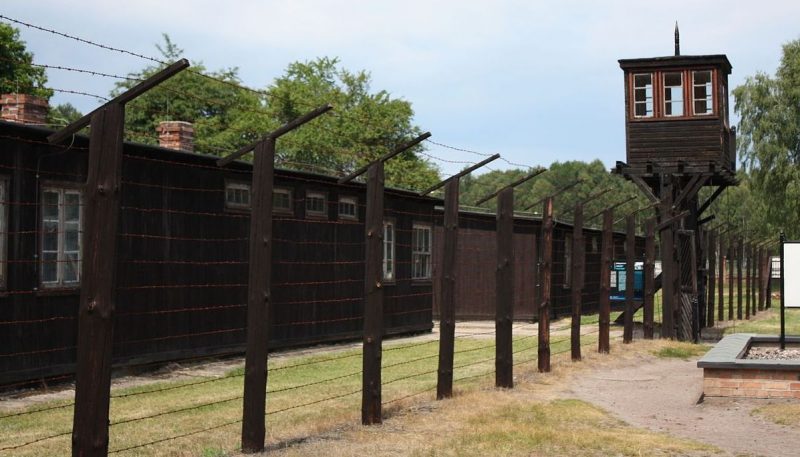For over half a century many criminal justice organizations have been searching for former Nazis and Nazi sympathizers. Earlier this month, Germany’s judicial agency for hunting Holocaust criminals announced they had found eight more suspects.
The eight suspects worked at Stuttof, a concentration camp in occupied northern Poland. Jens Rommel, the director of the Ludwigsburg-based Central Office, confirmed that the four women and four men are in Germany, though their names and residences have not been released. The suspects have yet to be informed they are being investigated; state prosecutors must now assess their files.
All four men were guards, while the four women were typists and telephone operators, at the camp. Stuttof was situated near the city-state of Gdansk; it was described as a “civilian prisoner camp” in 1939 before the German invasion and occupation of Poland.
Stuttof was the first camp based outside of German borders and was integrated into the concentration camp system after a visit by Reichsführer Heinrich Himmler in 1941. The camp itself saw the mass-murder of around 27,000 Jews, Gypsies, and many more “undesirables” over the course of the war. All eight suspects served at Stuttof during this time period. The camp was evacuated in January 1945, and the remaining prisoners were then sent on death marches.
The new investigations were spurred by the conviction in 2011 of John Demjanjuk, a Ukrainian POW who had become a guard at a death camp in occupied eastern Poland. The camp was named Sobibor. The most well-known trial was that of 95-year-old Oskar Gröning, a former Auschwitz guard who received a sentence of four years for the crime of accessory to the murder of 300,000 people. Gröning is awaiting the results of two appeals but will most likely not face any prison time. Reinhold H, another former Auschwitz guard, went to Trial in February earlier this year, charged with 170,000 counts of accessory to murder.
After the Auschwitz trials, the Central Office started to look at other concentration camps where mass murders had been carried out. Rommel was quoted saying, “The thought was that it was not necessary to have participated in a murder with your own hands, but that it can be sufficient that you were in service during a mass-execution program. We applied this thought to other camps and confirmed that there was such an execution program at Stutthof, where people were systematically murdered. Next, we tried to find out who was stationed at Stutthof during that time, checked who was still alive, and that’s how we came to these eight people.”
The Central Office has been searching through mountains of archives in and out of Germany trying to find former workers at these concentration camps. Some of the new suspects were underage while working at these camps, so if they ever do go to court, it will most likely to be in the juvenile courts.
Even Rommel has stated that it will be hard getting convictions for the women who were typists and telephone operators. “it is difficult to ascertain whether [operating telephones] will be enough to make someone responsible [for the murders] – but on the other hand, passing on information about when a transport train arrived was of course necessary to carrying out the killings afterwards.”
Josef Schuster, President of the Central Council of Jews, was very happy about the new announcement, saying the new Holocaust trials are a small but important step in addressing the grim legacy of the Nazi regime’s genocide.
Cornelius Nestler, the Attorney for Auschwitz survivors and the family of victims during Gröning’s trial last year, says that if the eight suspects go to trial, it is vital that all the co-plaintiffs can be found to testify.
